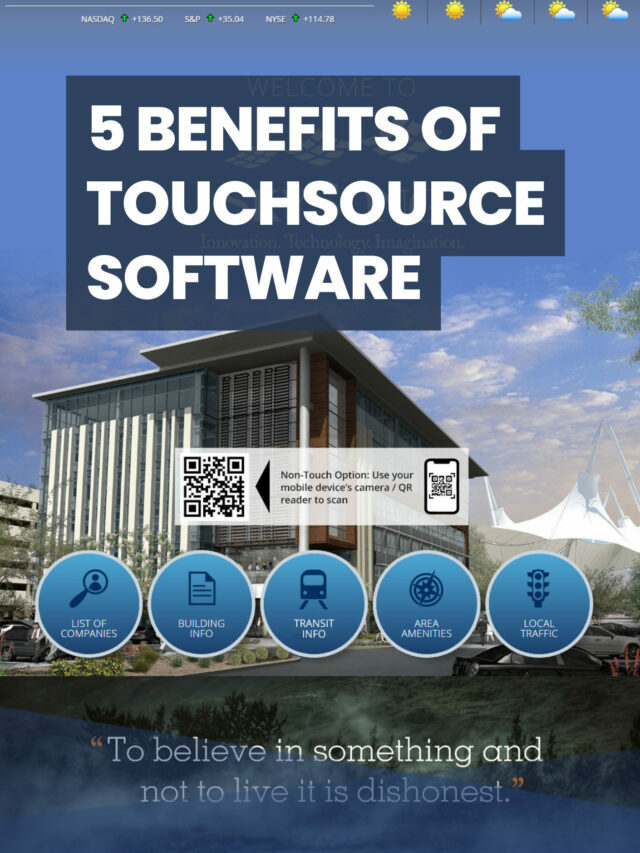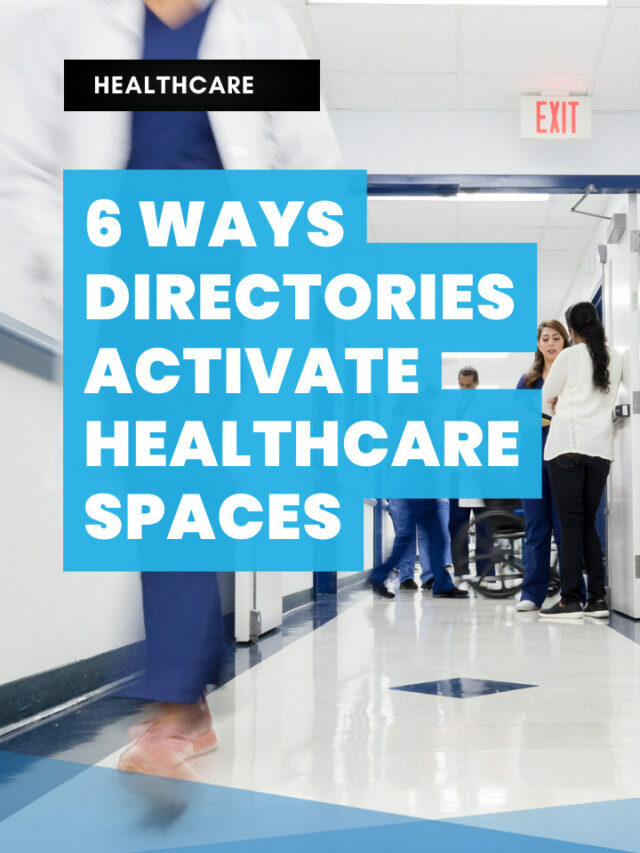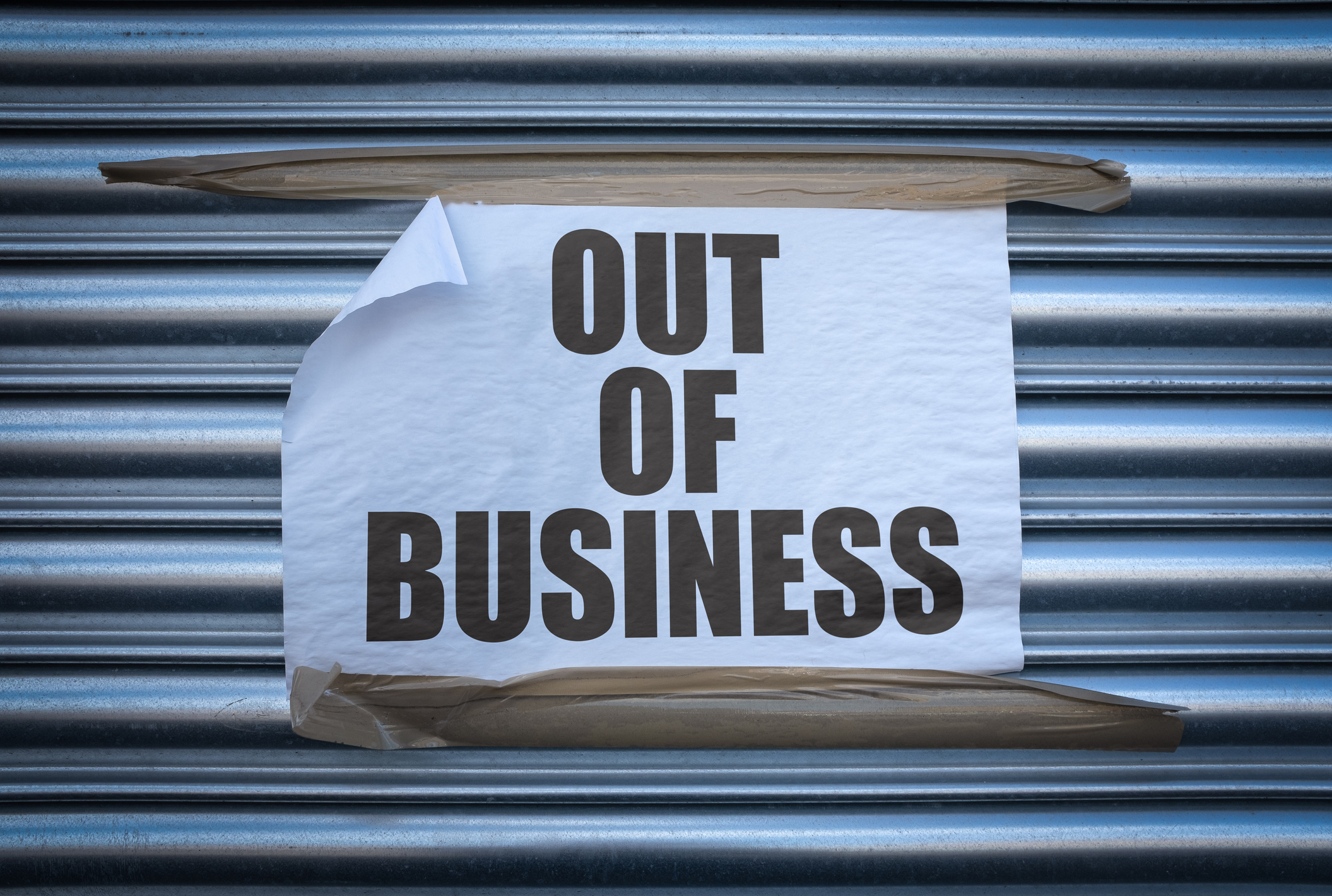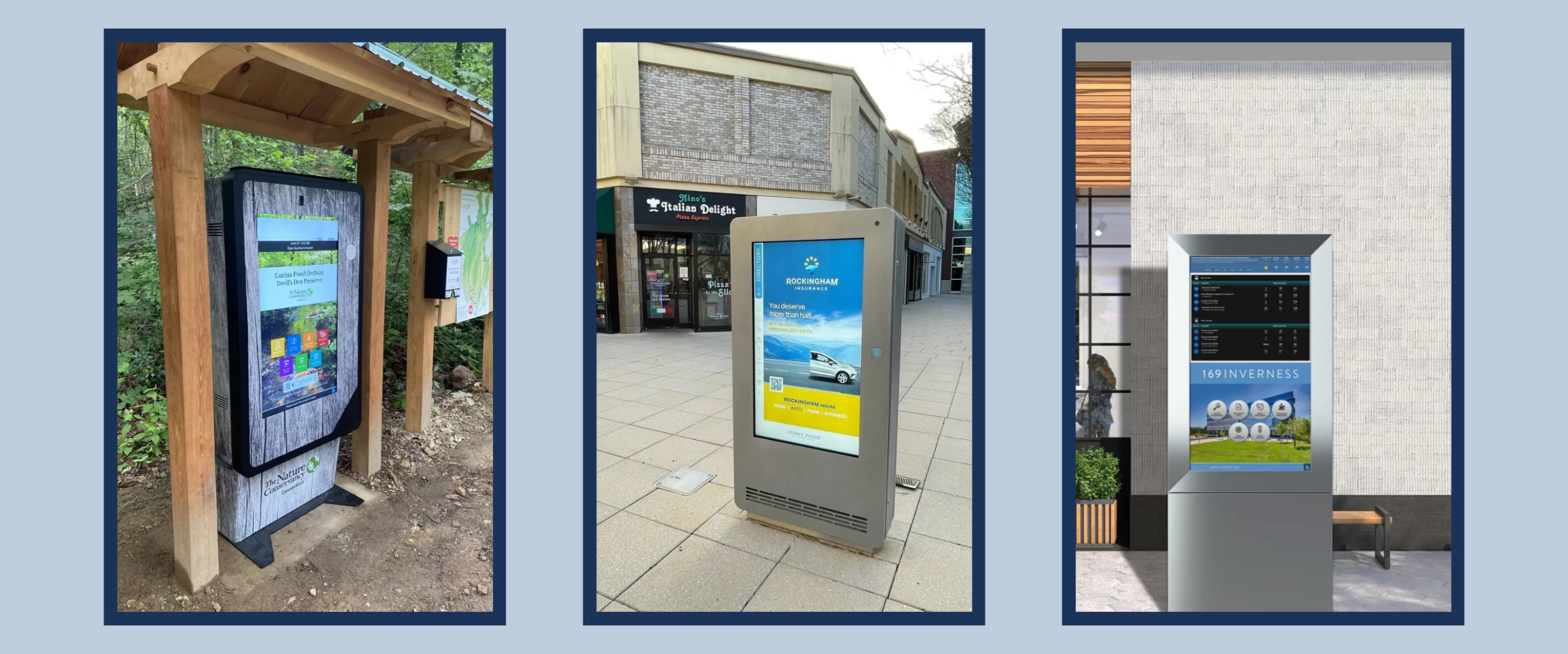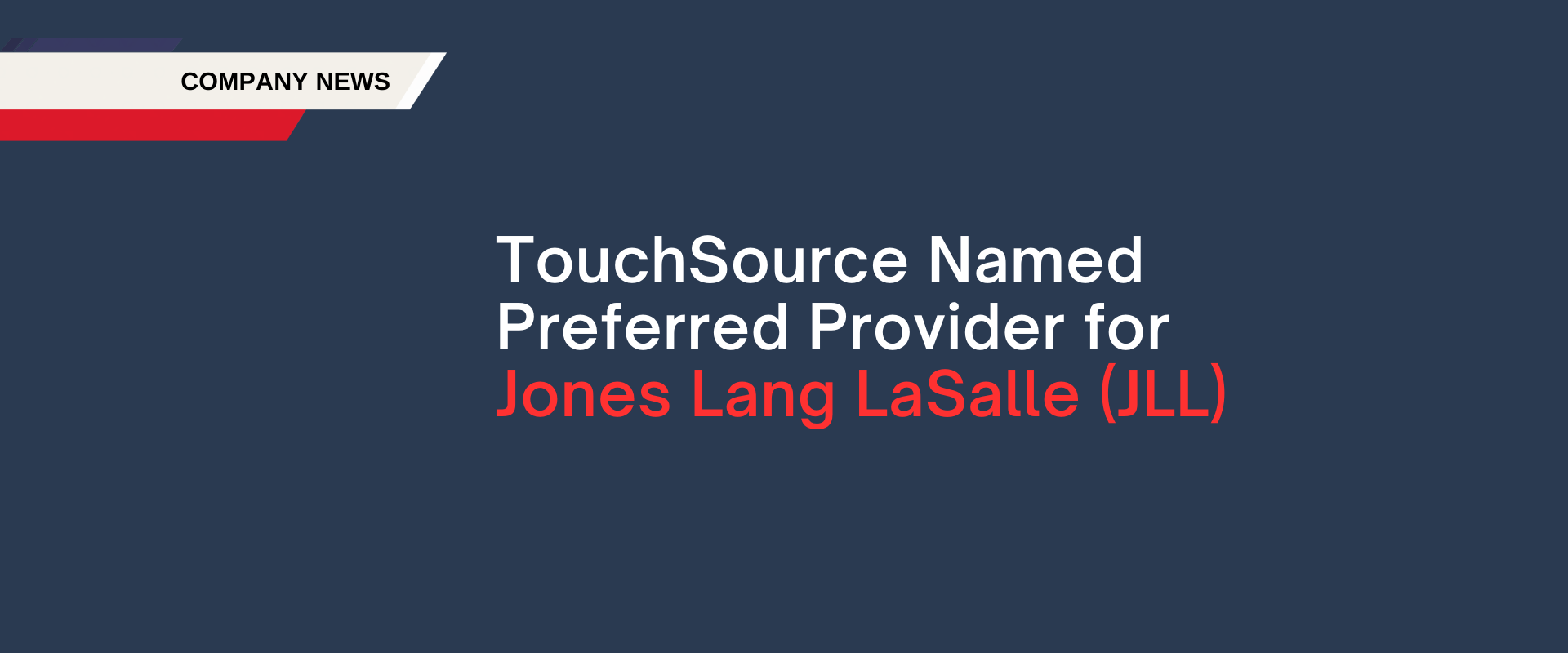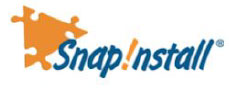5 Ways to Address Return-to-Work Challenges with Digital Signage
Got Hybrid Workforce Worries?
You know the world has changed when you see new terms such as “presenteeism” and phrases including “confronting the proximity bias” creeping into conversations. As context, both came from an interesting article from JLL on “How firms are breaking down flexible working stereotypes“. It’s all a part of the ongoing conversation about the fundamental way that working life has changed post pandemic.
Isn’t the workplace a dying concept?
Not from what we’re seeing. We’re so busy supporting clients with office renovations that one of our head of creative digital design created this image to capture our state of busyness. (He was having a bit of fun. We don’t really own our own freight trucks.) Also, we combed through the latest industry research in Death and Rise of the Office: Trends to Watch in 2022. Our CEO Ajay Kapoor surmised that “there are some who are betting against the office but the data is showing a different story.”
While that debate rages, the reality is that companies are making different choices about their workspaces in 2022. Industry leaders are seeing companies return to urban offices drawn in by “best-in-class buildings are helping companies lure workers back to city centers”, according to this article by JLL.
“We learned a lot during COVID-19. Technology may allow us to work from home, but it also isolates us and blurs the lines of home and work,” says Peter Riguardi, chairman and president of JLL’s New York Tri-State regions. “There’s nothing like the energy of the office to bring colleagues together, which is why corporates are willing to pay a premium for that space.”
Further, industry leaders and our CEO discussed the topic during RealComm’s webinar on the digital future of work. While there we different strategies explored, all agreed that change is here and building owners and employers must pivot fast.
“Are people coming back to the office?” isn’t the right question
Rather, it’s the frequency of their return is what’s at stake. It matters because of the high impact on culture, collaboration and innovation.
“87% of employees say the office is important for collaborating with team members and building relationships — their top-rated needs for the office”, according to PWC. The flip side of that is that “76% reported that they had difficulty making connections with their work teammates”, according to research published in the MIT Sloan Management Review by Constance N. Hadley and Mark Mortensen. “Quite simply, people who feel lonely cannot do their best work, which means that teams with lonely members are not operating at their peak levels either.” Get this right, and you’ll thrive. Get it wrong, and you’ll lose talent and productivity.
Savvy business leaders are more focused on when and why workers return to the office. Workers now return to the office when they have client meetings or have a lot of internal meetings which require hands-on collaboration. They return because they want to drive business, solve a business challenge, design a new product or experience a change of pace. By focusing on the when and why, employers and building owners can effectively navigate the hybrid work challenge successfully.
Advice abounds on how to improve communications, incentives and other HR levers. However, we’ve seen little on the topic of reshaping lobbies, shared spaces and offices to match the higher expectations of all employees in 2022.
Challenges for office and property managers who serve hybrid workforces

Real example of an outdated slat directory—not a winning style for today’s choosy employees, clients and tenants.
Returning and prospective new employees expect the office to provide a better experience as compared with their home office. Outdated building facilities and downtrodden offices don’t cut it in the face of the Great Resignation. Those curled and torn paper notices, flimsy posters and outdated lobby directories are uninspiring at best. At worst, they paint office buildings and the companies in them as old school employers who don’t invest in good environments for their clients or employees. That’s why so many employers are moving or working to update their workspaces.
As well, many employees gave up their offices and desks during the pandemic. They likely took their office equipment home. So, when they return to the office, they have to “squat” at open desks, or book a conference room to work in all day. If those borrowed spaces look dated, have someone else’s incompatible equipment or the space is blah and boring—it’s uninspiring. Worse, it inhibits the innovation that employees and their companies want. That’s why so many are moving to flex office spaces and reservable shared spaces in today’s post-pandemic world.
However, building owners and employers who survived two years of terrible economic conditions now face inflation and rising wages. Money to invest in massive building and office renovations is hard to come by. So, it can feel daunting to figure out how to afford change.
5 ways that intelligent digital signage addresses return-to-work challenges
Building owners and employers who survived two years of terrible economic conditions now face inflation and rising wages. Money to invest in massive building and office renovations is hard to come by. So, it can feel daunting to figure out how to afford change. However, many have discovered what we know. Intelligent digital signage is an easy way to modernize any lobby, conference space or flex office area in the dash to win hearts and minds. That’s why our team has been so busy. Office managers and property owners are busy scrambling to modernize lobbies, conference rooms and office spaces for today’s choosy employees and clients.
Instead of describing how this looks and works, we’ve created 5 visual, tappable, interactive stories on the benefits, popular features and trends shaping the future of building technology and visitor experience.



